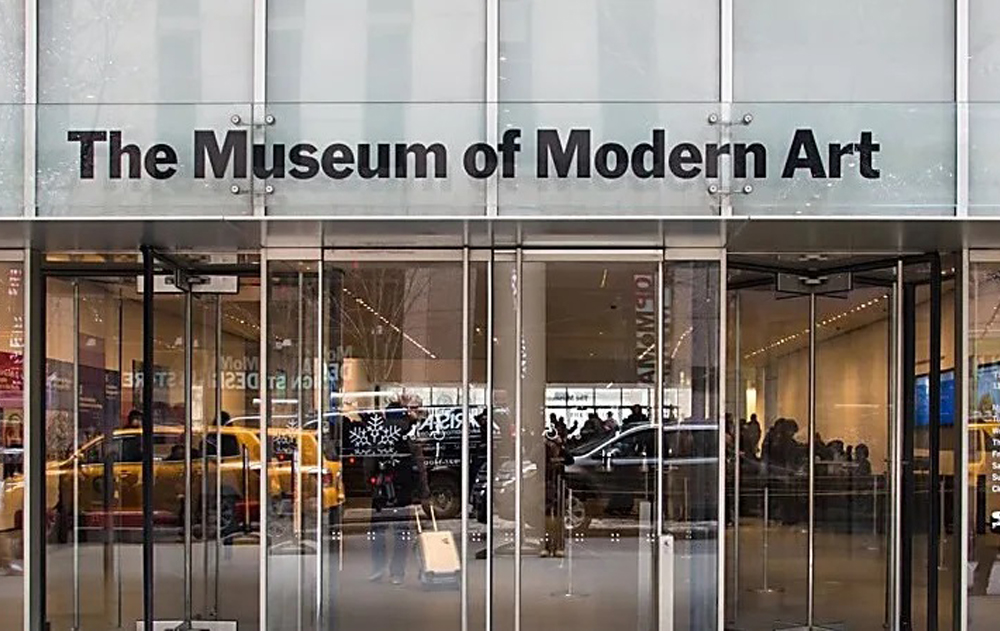25 January 2024
2023 marked a jubilee year for the Armenian cinema which turned 100, leaving behind a rich film heritage for future generations. This heritage not only needs preservation but also requires exposure to the world from fresh perspectives and through innovative approaches. The jubilee year was filled with diverse and memorable events, many of which have been and continue to be featured in programs at leading cultural centers worldwide, including museums, international festivals, archives, and cinematheques. Some of these initiatives have smoothly transitioned into 2024, maintaining the ongoing policy to promote Armenian cinema on a global scale.
The films were digitized and restored in 4K within the framework of the State Program of Film Digitization and Restoration on the initiative of the National Cinema Center of Armenia with the financial support of the RA Ministry of Education, Science, Culture and Sport.
Jubilee screenings dedicated to the 100th anniversary of Armenian cinema will resume in January internationally.
At one of the most prestigious cultural platforms in the world, New York’s MoMA (Museum of Modern Art), within the framework of the 20th MoMA International Festival of Film Preservation "To Save and Project," on January 28 at 1:30 p.m. and on January 31 at 1:00 p.m., the films The House on the Volcano (1928) and Land of Nairi (1930) by Armenian film pioneer Hamo Beknazaryan will be showcased in 4K format.
NB. In January 2022, in New York’s Museum of Modern Art, Sergey Parajanov's Hakob Hovnathanyan 4K restored film was screened as part of the "To Save and Project" festival, and a newly printed 35 mm copy of the restored film was handed over for permanent preservation to the Museum. Hakob Hovnatanyan is the first Armenian film to be preserved in MoMA.
The historical revolutionary film The House on the Volcano (1928), is based on a true story. The film depicts the construction of a house for workers in oil fields, but on land with underground gases. However, the story takes a tragic turn when a large fire breaks out from the gas escaping from under the earth. The house is consumed by flames, resulting in a significant number of victims among the workers, women, and children. Produced by Armenkino, this film stands as a unique phenomenon within the Soviet cinematography of its era. It underscores the importance of the relentless struggle against human exploitation and addresses vital issues concerning the protection of human rights and interests.
H. Bek-Nazaryan and P. Folyan wrote the script of the film and H. Beknazaryan was tasked to direct the film. The House on the Volcano marked the debut of the talented film actress Tatyana Makhmuryan (Maro) who later appeared in numerous Armenian films. Hrachya Nersisyan (Petros), Tigran Ayvazyan (Ghukasyan), Mikayel Garagash (the manager) and others also starred in the film.
The film Land of Nairi (1930) is dedicated to the 10th anniversary of Soviet Armenia. Before Dziga Vertov's influence, documentary cinema in the Soviet Union, including Armenian documentary cinema, primarily focused on straightforward documentation. Hamo Beknazaryan pioneered in making the first “documentary” films. Together with the director of photography A. Yakovley H. Beknazaryan captured the aftermath of the Gyumri earthquake in 1926 and in 1930 they shot the feature-length documentary Land of Nairi.
In terms of its format, this film represented a completely new phenomenon in Armenian cinema. It consisted of footage and staged scenes borrowed from other films and chronicles. Disliking the purely 'documentary' nature of documentary cinema, Beknazaryan sought to express his authorial vision. In this film, he applied the principles of Eisensteinian montage, creating a 'mosaic' of epic cinematic poetry.





